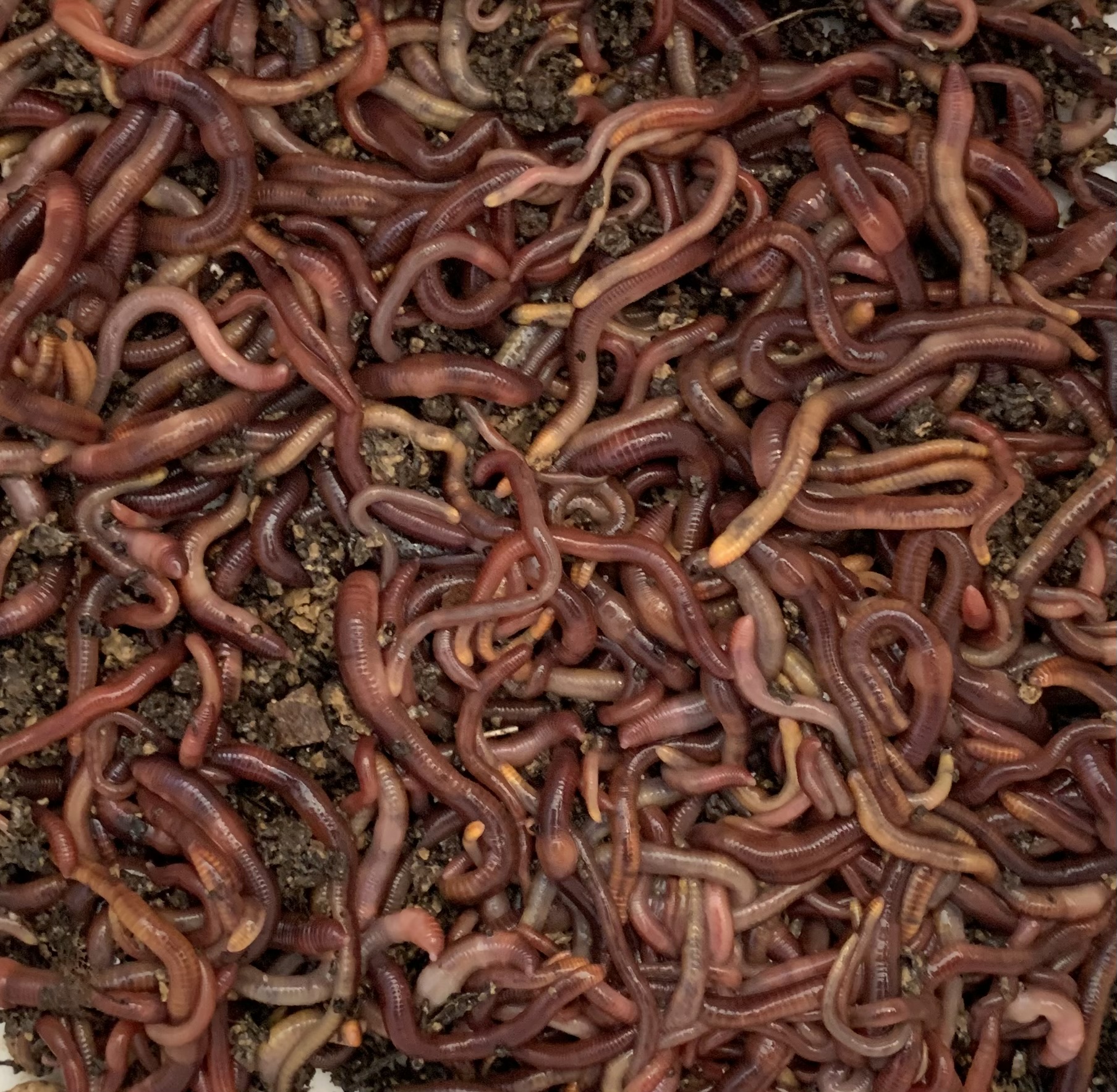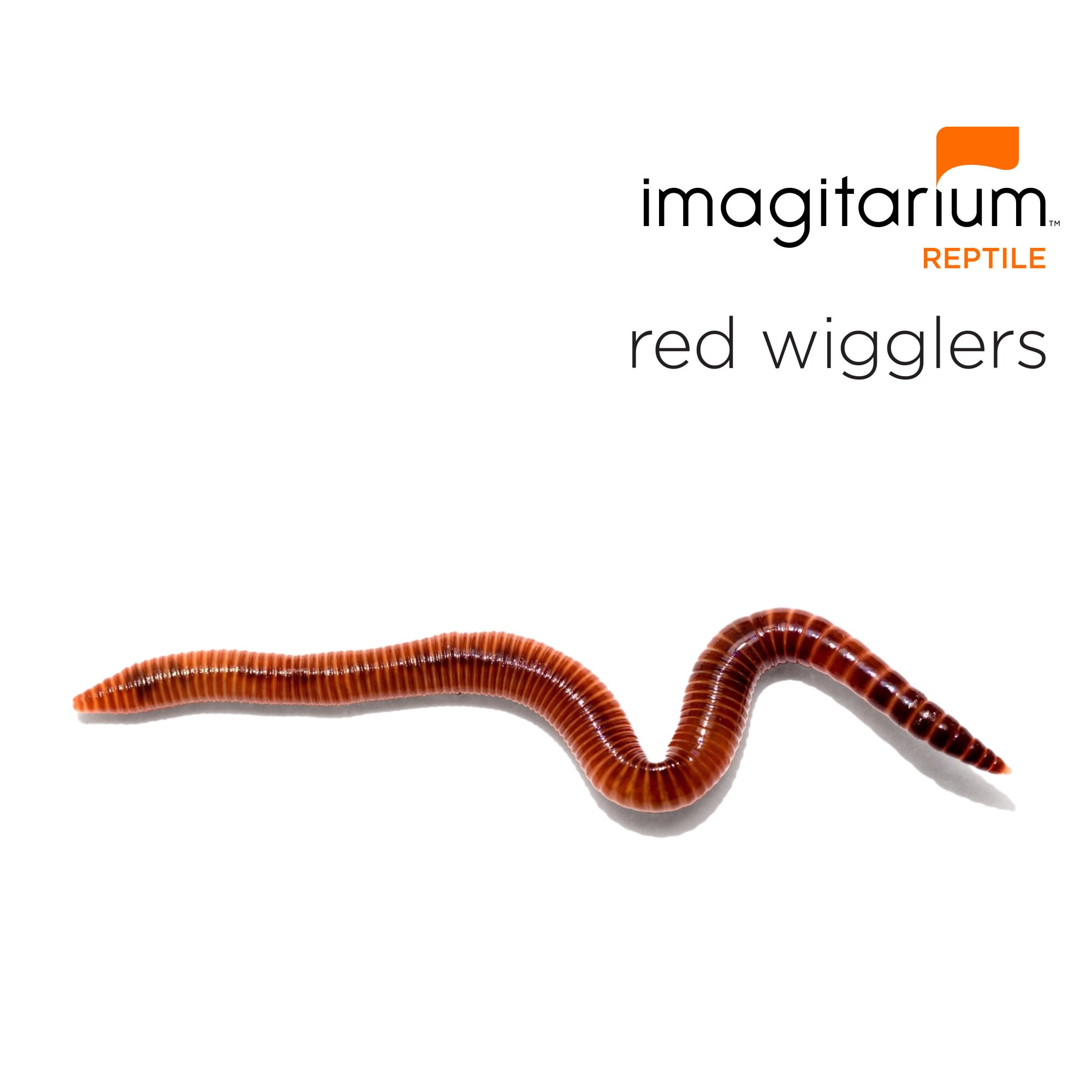9 Easy Facts About Red Wiggler Express Explained
9 Easy Facts About Red Wiggler Express Explained
Blog Article
The smart Trick of Red Wiggler Express That Nobody is Talking About
Table of ContentsRed Wiggler Express Things To Know Before You Get ThisThe 30-Second Trick For Red Wiggler ExpressRed Wiggler Express Things To Know Before You BuyAll about Red Wiggler ExpressThings about Red Wiggler Express
Some worm farmers really keep food and water to imitate drought problems and bump up cocoon manufacturing. We do not recommend this for the home composter as it has the possible to exterminate too several of your finest worms. Now that you recognize everything about the red worm it's time to head out and locate a great supplier and get an extra pound or 2 and start your very own worm ranch.We'll chat regarding just how to keep red wigglers and why they must be the go-to worm for many composters. Fun truth: The "fetid" part of the binomial name refers to what some say is a reeky secretion the red wiggler utilizes to fend off predators. The composition of a red wiggler looks like that of other typical earthworms; a long-segmented body begins at the pointed head and terminates at a slightly-flatted tail.
Red Wiggler Express Things To Know Before You Get This
The digestive system is easy, starting at the mouth where the worm starts to consume its food prior to passing it on the vocal cords. The pharynx is a muscle area which acts like a pump to draw food into the mouth prior to pumping it out into the esophagus. The esophagus is slim and thin-walled and functions as the "waiting room" for the gizzard.
Keep in mind: This requirement for grinding is why grit is recommended in a worm bin. The worm includes no native grinding capacity so the worm counts on consumed grit to help grind its food in the gizzard. The stomach is where the first chemical break down of food occurs with the help of a protein-busting enzyme.

Within 42 days, these child worms will get to sex-related maturation as confirmed by the introduction of the clitellum. A fully grown red wiggler can be anticipated to live between one to three years. The mighty red wiggler might sometimes be used as a lure worm for smaller sized fish or as a healthy protein resource for poultries and reptiles.
Red Wiggler Express Things To Know Before You Get This
And as mentioned above, they are one of the most typical composting worm in the world. Yet why? Well there's probably not simply one reason. Rather, a mix of expense, hardiness, and comfort in a vast array of temperature levels makes it the most appropriate composting worm for a lot of brand-new vermicomposters. Red wigglers and their cocoons can make it through in a wide array of problems.
This is a common method amongst worm carriers who do not want to take the chance of having the worms rest in a warm or chilly stockroom over the weekend. Worm cultivators are not storing worms in a circumstance where they are all set to ship. The worms need to be harvested from their habitat initially, so farmers will usually set a Friday or Saturday due date in order to harvest in time for a Monday delivery.
To conserve on shipping expense, you might intend to see if there are any close-by "Mommy and Pop" shops through a Google search. If you do not find what you're seeking, then I invite you to take a look at worms via the Urban Worm Business! The amount of red wigglers you buy should be exclusively reliant upon the surface location you have offered for vermicomposting.
I call these the "Big 3" factors of worm bin maintenance. If you keep all 3 within proper arrays, after that there's not * that * a lot that can fail with your bin. As discussed earlier, red wigglers have a large temperature level resistance. For finest outcomes, maintain a temperature level of 55F-90F. Short departures out of that temperature variety are fine.
Red Wiggler Express Can Be Fun For Anyone

For finest outcomes, you desire to shoot for regarding 60-70% dampness degree. The easiest test for this is to press a handful as tough as you can. At the perfect dampness levels which is simply under 70% that handful must hardly generate one decrease of fluid. pH in a worm container is pretty easy to preserve.


The European Nightcrawler, the larger relative of the red wiggler, is just as voracious and also makes for a good lure worm. It chooses a bit of a cooler setting than the red wiggler. The African Nightcrawler is a large composting worm and makes a beautiful, granular actors.
The Indian Blue is starved, but additionally likes a warmer climate and it also displays a propensity to run away the bin. The red wiggler is a hardy worm and isn't as fussy regarding its climate. I like to call it the Ford Taurus of vermicomposting worms; you will not brag to your hardcore composting pals that you own them, yet they will serve you well.
The 8-Minute Rule for Red Wiggler Express
Surefire to life 1/2 pound of hand sorted Red Wigglers/Compost with worms (+500 worms) in various stages of life from cocoons to develop worms in their all-natural environment/bedding. Hand sorted worms reduced down on the disturbance of the worms hence insuring live distribution. Red wiggler worms do not like vibrations or light.
Report this page